
Hazards & Disasters
Currently, risks related to water, especially floods and pollution of the environment are an increasingly important issue, influenced by demographic growth and the fragility of continental, lake and ocean ecosystems under the pressure of human actions.
The services that we propose aim to better characterize the risks and promote different strategies of protection: diagnosis then development of the structure, audit in terms of regulation and application of surveillance for a real-time alert.
These actions require both observations and field measurements (locating points for evacuation, prioritization, rain measurement, surveying, geology...)
The goal is to obtain a dynamic representation of the location in order to simulate as many scenarios as necessary to understand this dynamic and then identify and quantify the economically viable solution(s) minimizing the risk to your interests:
We can also evaluate risk and characterize possible damages on different types of structures:
In practice:
Villages are often located near the water. Normally calm rivers can transform into violent torrents or rise in level over long ranges during high flows. [France, 1999] |
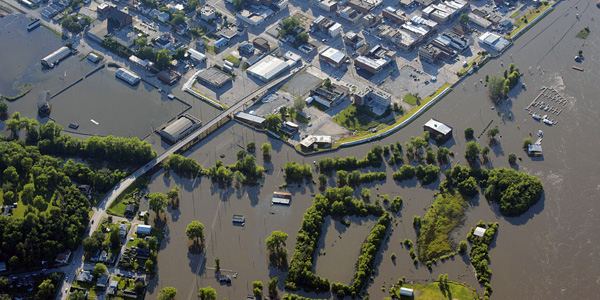 |
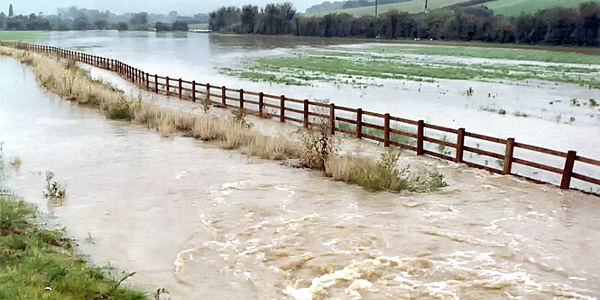 |
Certain expanses of land are exposed to risks when the tidal coefficient passes a certain level. A global reflection allows the consideration of adequate solutions for the continued use of this land with serenity. |
Infrastructures hinder the flow and modify the distribution of water high flows, causing the water levels during floods to increase. |
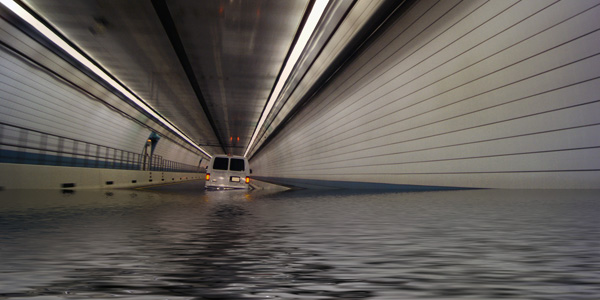 |
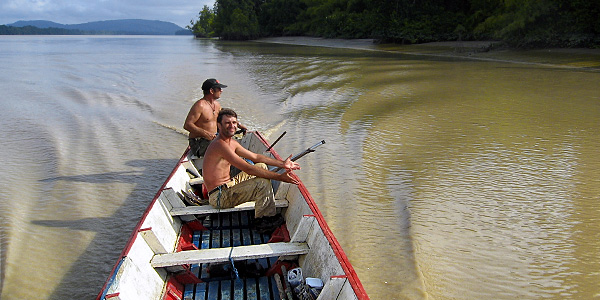 |
Filling a dam (reservoir) irreversibly floods spaces important to human, animal and plant populations, who must then be displaced. [ Guyane, 2001 ] |
Soil type determines the rate of rain water infiltration. Some ecosystems are specific to these conditions: rain forests, mangroves, marshes...but not all of them. |
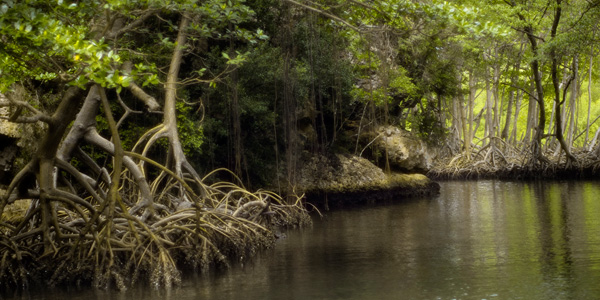 |
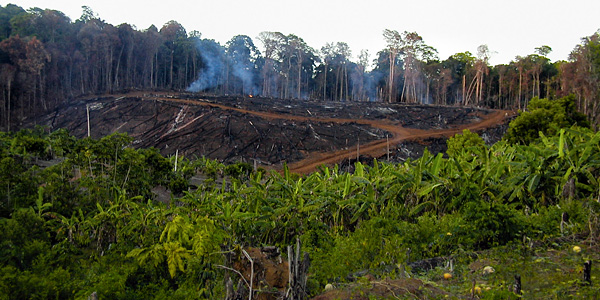 |
Collateral damage will occur when the human population will no longer be able to eat the fish, made rare in the river downstream. [ Guyane francaise, 2005 ] |